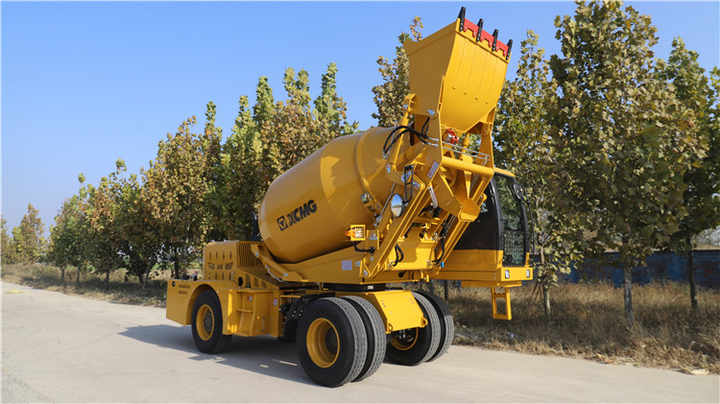Whatsapp: 8613978656878
Email: admin@slojx.com
Maintaining Your Concrete Transfer-Pump Truck: A Fleet Manager’s Playbook
Views :
Update time : 2025-11-06
Transfer-pump trucks bridge the gap between ready-mix plant and job-site pump, moving concrete via detachable pipelines over public roads. Because they carry both DOT road-worthiness and concrete-pumping duties, maintenance is a dual discipline. Zoom GlobalMech Corp engineers specify a pre-trip inspection that mirrors CDL requirements: air-brake adjustment within ¼ inch, fifth-wheel plate free of cracks, and hydraulic tank secured with safety wire. Neglecting the chassis invalidates insurance coverage—even if the pump side is flawless.
On the concrete side, the 12-inch-diameter swing tube experiences 50 % higher impact loads than stationary pumps due to road vibration. Every 200 hours, pull the swing-tube cover and measure wall thickness; replace at 6 mm minimum to prevent catastrophic rupture during a high-pressure pour. Road salt attacks the transfer-line mounting brackets—wire-brush and epoxy-paint twice a year if you operate in northern climates. Keep an extra set of Victaulic couplings greased and capped in the toolbox; a blown gasket on Interstate 95 at rush hour is not the time to hunt parts.

Software matters too. Zoom GlobalMech Corp’s latest CAN-bus control system logs fault codes that predict pump fatigue. Download data monthly and look for pressure oscillations above 15 bar peak-to-peak—classic signs of piston bypass. Addressing the anomaly early saves a 4 000-dollar hydraulic pump swap. Finally, train drivers to wash down the entire rig before hitting the road; dried concrete on frame rails adds 400 kg of parasitic weight and invites DOT overweight fines.
Emergency After-Sales Service: 48-Hour Cambodian Mixing-Plant Reboot

Related News
Read More >>
 Specifications & Guideline
Specifications & Guideline
11 .09.2025
Specifications & Guidelines for Safe Concrete Pumping Operations



